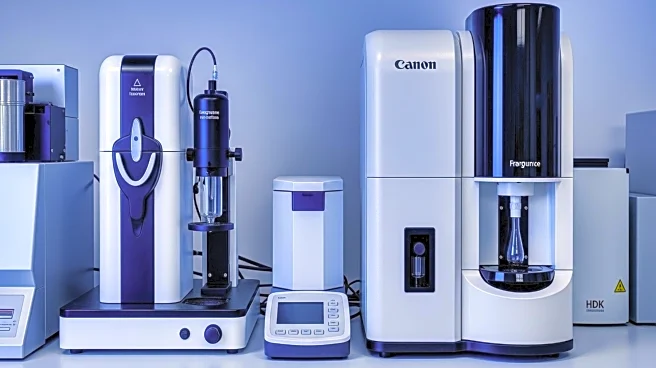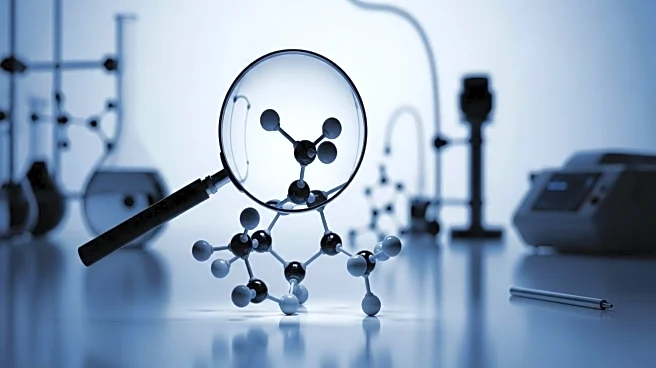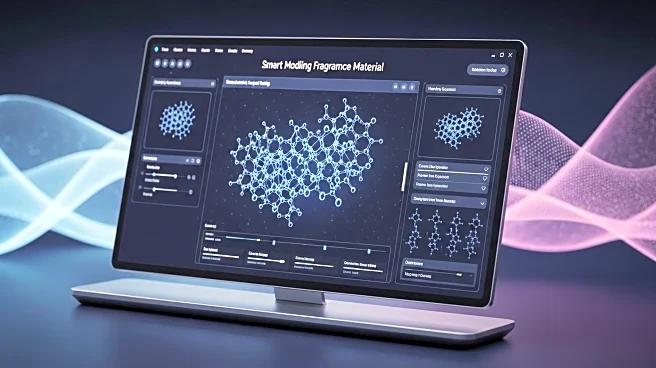What is the story about?
What's Happening?
The Research Institute for Fragrance Materials (RIFM) has conducted a pilot study utilizing physiologically based pharmacokinetic (PB/PK) modeling to assess the safety of fragrance ingredients without the need for animal testing. This approach allows researchers to simulate the absorption, distribution, metabolism, and excretion of substances in the body, providing a scientific basis for evaluating target tissue exposure. The study focused on 11 fragrance ingredients, confirming that they reached target tissues at levels sufficient to support previous safety conclusions. This method addresses regulatory demands for proof that ingredients reach relevant tissues in toxicological studies, filling data gaps in older studies without additional animal testing.
Why It's Important?
This development is significant as it aligns with the cosmetics and personal care industry's shift towards non-animal testing methods, responding to ethical concerns and regulatory requirements. By using PB/PK modeling, RIFM provides a scientifically robust alternative to animal testing, ensuring that fragrance ingredients meet current safety standards. This advancement benefits regulators, companies, and consumers by reinforcing confidence in the safety of fragrance ingredients while reducing reliance on animal testing. It represents a step forward in ethical research practices and supports the industry's commitment to humane testing methods.
What's Next?
RIFM plans to expand the use of PB/PK modeling to more fragrance ingredients and potentially other areas of safety testing. This approach promises to be a faster, smarter, and more ethical way to address regulatory questions and maintain a safe fragrance palette. As the industry continues to adopt non-animal testing methods, stakeholders can expect further advancements in safety assessments, potentially influencing regulatory policies and industry standards.
Beyond the Headlines
The shift towards non-animal testing methods reflects broader ethical and cultural changes in scientific research and consumer expectations. As consumers increasingly demand cruelty-free products, the industry is compelled to innovate and adopt humane testing practices. This development may also influence legal frameworks, encouraging more stringent regulations on animal testing and promoting alternative methods.
AI Generated Content
Do you find this article useful?













